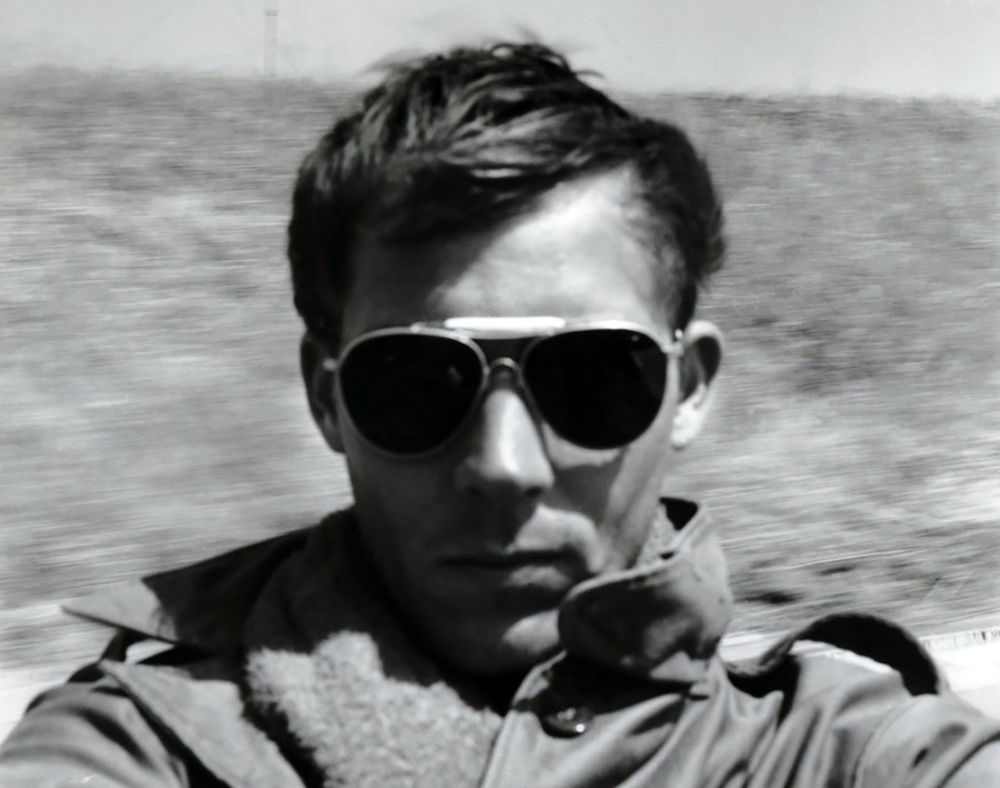Paris Review – The Art of Journalism No. 1, Hunter S. Thompson
The Paris Review is a literary magazine featuring original writing, art, and in-depth interviews with famous writers.

Located in the mostly posh neighborhood of western Colorado’s Woody Creek Canyon, ten miles or so down-valley from Aspen, Owl Farm is a rustic ranch with an old-fashioned Wild West charm. Although Thompson’s beloved peacocks roam his property freely, it’s the flowers blooming around the ranch house that provide an unexpected high-country tranquility. Jimmy Carter, George McGovern and Keith Richards, among dozens of others, have shot clay pigeons and stationary targets on the property, which is a designated Rod and Gun Club and shares a border with the White River National Forest. Almost daily, Thompson leaves Owl Farm in either his Great Red Shark Convertible or Jeep Grand Cherokee to mingle at the nearby Woody Creek Tavern.
Visitors to Thompson’s house are greeted by a variety of sculptures, weapons, boxes of books and a bicycle before entering the nerve center of Owl Farm, Thompson’s obvious command post on the kitchen side of a peninsula counter that separates him from a lounge area dominated by an always-on Panasonic TV, always tuned to news or sports. An antique upright piano is piled high and deep enough with books to engulf any reader for a decade. Above the piano hangs a large Ralph Steadman portrait of “Belinda”—the Slut Goddess of Polo. On another wall covered with political buttons hangs a Che Guevara banner acquired on Thompson’s last tour of Cuba. On the counter sits an IBM Selectric typewriter—a Macintosh computer is set up in an office in the back wing of the house.
The most striking thing about Thompson’s house is that it isn’t the weirdness one notices first: it’s the words. They’re everywhere—handwritten in his elegant lettering, mostly in fading red Sharpie on the blizzard of bits of paper festooning every wall and surface: stuck to the sleek black leather refrigerator, taped to the giant TV, tacked up on the lampshades; inscribed by others on framed photos with lines like, “For Hunter, who saw not only fear and loathing, but hope and joy in ‘72—George McGovern”; typed in IBM Selectric on reams of originals and copies in fat manila folders that slide in piles off every counter and table top; and noted in many hands and inks across the endless flurry of pages.
Thompson extricates his large frame from his ergonomically correct office chair facing the TV and lumbers over graciously to administer a hearty handshake or kiss to each caller according to gender, all with an easy effortlessness and unexpectedly old-world way that somehow underscores just who is in charge.
More: Paris Review – The Art of Journalism No. 1, Hunter S. Thompson
